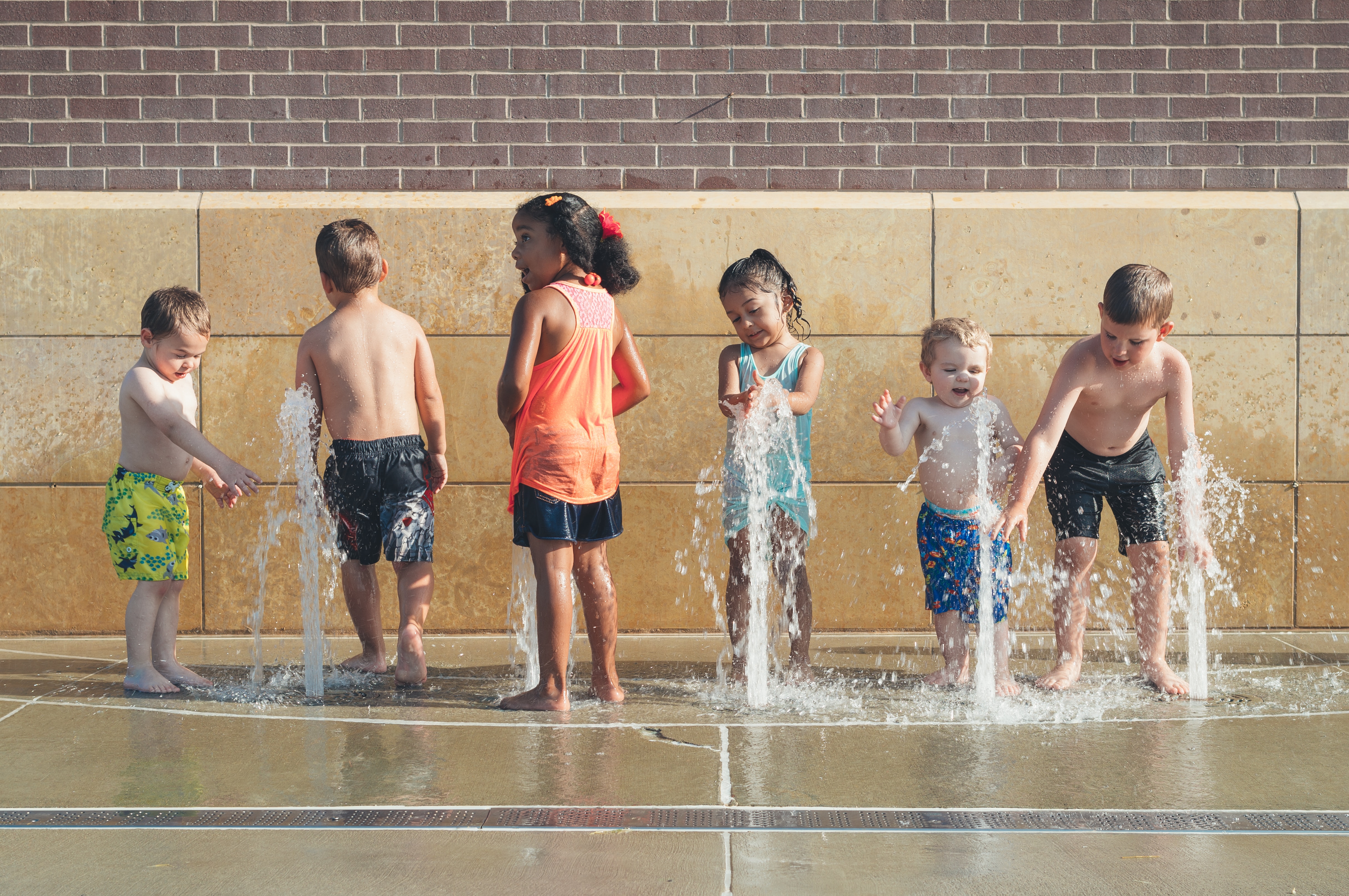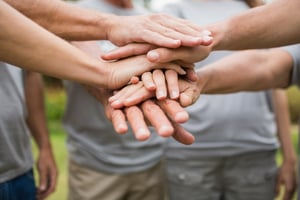What Does Inclusive Mean to Your Community?
Posted by May Recreation Content Team on

 Have you ever traveled through a neighborhood and found an outdoor fair, block party or local festival? The sights and sounds feel welcoming to both the residents, tourists and people who are simply passing by. Such events and recreations do more than just allow people to sell food and products. They allow neighbors to build relationships and provide a venue where everyone can come together to enjoy new arts, culture and entertainment.
Have you ever traveled through a neighborhood and found an outdoor fair, block party or local festival? The sights and sounds feel welcoming to both the residents, tourists and people who are simply passing by. Such events and recreations do more than just allow people to sell food and products. They allow neighbors to build relationships and provide a venue where everyone can come together to enjoy new arts, culture and entertainment.
These events are one way to develop a more inclusive neighborhood. Inclusivity seeks to include everyone within an event, in entertainment, or in other settings. This practice avoids excluding anyone based on physical characteristics, disabilities, religions, genders, nationalities or class status. Providing an inclusive neighborhood allows people to feel as if their experiences and their lives matter in society as they can take part in the same activities that others enjoy.
An inclusive community can also focus on providing as many service options as possible to everyone. Whether promoted to young or old people, the inclusive nature of the service should make everyone feel as if they are getting treated exceptionally just like everyone else.
Promoting an Inclusive Community
So how do you promote more inclusion in your community?
Think about inclusion on a simple level. Inclusion can mean providing more choices that appeal to everyone. For example, if you will be hosting a music festival, consider inviting as many musicians as possible who play different genres, or hold additional festivals for each music category. Instead of simply having a sports field to play baseball, get together with the community to provide recreational fields for football youth teams, a street hockey field, basketball court and volleyball field.
Inclusion can also mean making outdoor events and venues more accessible for everyone. People who have disabilities or mobility issues can feel excluded from attending or participating in these activities. You can make activities more inclusive by ensuring people who use mobility devices can enter buildings or venues easier. Have places for the elderly to rest and relax, especially during hot summer months, by providing seating and covered canopied areas. Also, have people on hand who will volunteer their time in helping people with disabilities so they can participate in similar activities and have fun.
Start Small and Work Up to Bigger Things
While some projects will require city planning, you can do small projects that provide more inclusion in your community. Consider starting a community vegetable garden that the neighbors can share in and enjoy. You can also help beautify the front yards of homes or public places so everyone can take pride in their community.
Other projects can include creating more safe spaces for children to play outdoors. In addition to having a playground, consider having a sports center, skate park and outdoor exercise programs that all children can participate in. Volunteering your time and knowledge to create special programs — such as a sewing club or toy model crafts, at the local recreational center — will allow you to teach and show other people your hobbies and interests, and they might find they want to participate.
Always be aware that an inclusive community will not shut anyone out who wants to participate and take part in being a great neighbor. Creating a positive neighborhood vibe will bring out the best in everyone, as residents will feel like they are part of a huge family that will always welcome any newcomers.

